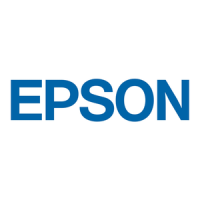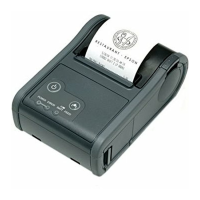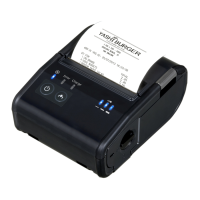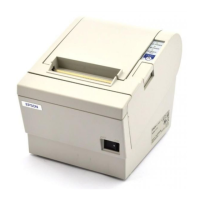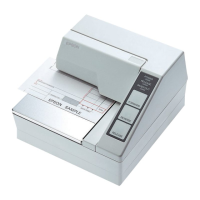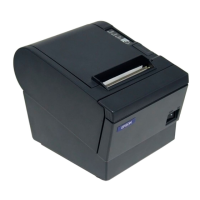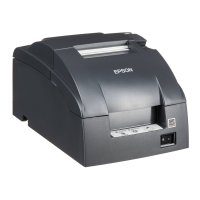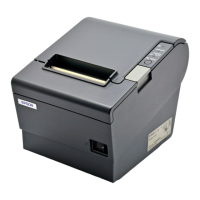70
Software and Manuals
The following software and manuals are provided for application development.
Development Kits
1:OLE technology developed by Microsoft divides software into part blocks. The OPOS driver is presupposed to be
used with a development environment, such as Visual Basic, unlike ordinary Windows printer drivers. It is not a
driver to be used for printing from commercial applications.
You can acquire documents regarding the UnifiedPOS from the following link.
https://nrf.com/resources/retail-technology-standards/unifiedpos
Software Description Target model
ePOS-Print SDK This development kit is for controlling the printer from
Web applications and native applications of smart
devices. It includes libraries, manuals, and sample pro-
grams.
for iOS Bluetooth model, Wi-Fi model
for Android Bluetooth model, Wi-Fi model
for Windows Store Apps Bluetooth model, Wi-Fi model
for JavaScript Wi-Fi model only
EPSON OPOS ADK This OCX driver can control POS peripherals using OLE
technology.
*1
Because controlling POS peripherals with original com-
mands is not required on the application side, efficient
system development is possible.
Bluetooth model, Wi-Fi model
EPSON OPOS ADK for .NET The OPOS ADK for .NET is a POS industry standard
printer driver compatible with Microsoft POS for .NET.
It allows you to develop applications that are compatible
with the UPOS (Unified POS) specification.
When developing applications, use a separate develop-
ment environment such as Microsoft Visual Studio .NET.
Bluetooth model, Wi-Fi model
EPSON JavaPOS ADK JavaPOS is the standard specification which defines an
architecture and device interface (API) to access various
POS devices from a Java based system. Using JavaPOS
standard API allows control with Javabased applications
of functions inherent to each device. A flexible design
with Java language and JavaPOS enables many different
types of computer systems, such as stand alone or net-
work configuration, to use a same application. You can
use JavaPOS to build applications and drivers inde-
pendently of platforms. This allows flexible configura-
tions using thin clients to meet the system
requirements.
Bluetooth model, Wi-Fi model
